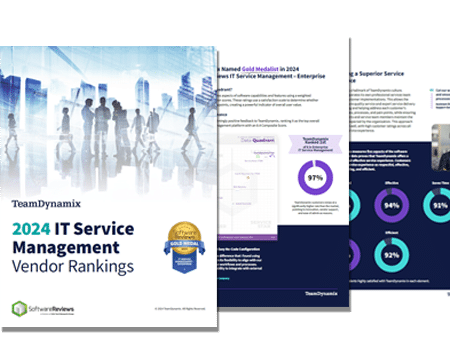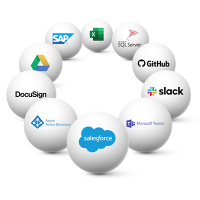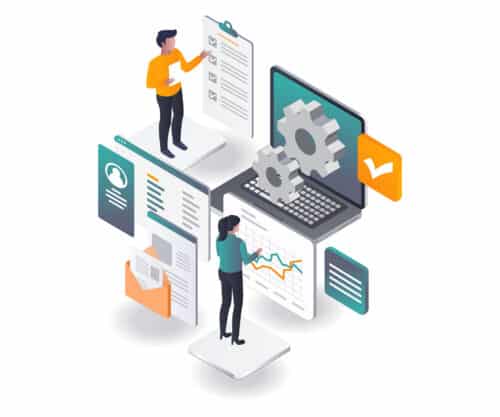
Enterprise Service Management: Why a Unified Platform Matters
Enterprise Service Management (ESM) is the practice of extending IT Service Management (ITSM) principles beyond the IT department to other areas of an organization. ESM

The Info-Tech ranking report offers a unique view of the market based entirely on in-depth customer interviews. Download the Info-Tech ITSM Quadrant and Customer Viewpoint report today.

We’ll show you some of our best situations and show you exactly how to execute them to get immediate results. The best part is, iPaaS tools often feature easy-to-use click and drag functionality, meaning you don’t need a dedicated employee building integrations and workflows.

System Integrators, Value Added Resellers, Technology Providers, and Buying Consortiums can benefit from a partnership with TeamDynamix.

The Info-Tech ranking report offers a unique view of the market based entirely on in-depth customer interviews. Download the Info-Tech ITSM Quadrant and Customer Viewpoint report to gain a better understanding of key vendor strengths and emerging market requirements.
When we launched our first annual Pulse Study in 2016, we set out to evaluate organizational maturity and top challenges in Higher Ed IT. Frankly, we were not sure what to expect. We certainly understood common challenges in the industry, especially those encountered by our clients. But what would the data tell us after surveying more than 100 participants? The 2016 study was revealing in a number of ways, but there was a figure that caught our attention.
On an IT maturity scale ranging from 1 (lowest) to 5 (highest), 59% of participants self-ranked at Levels 1 or 2. Level 1 equates to an ad-hoc, poorly-defined process. Level 2 indicates there are some processes in place but they are not well-defined, and workflows are often absent. The takeaway – when it comes to managing service requests and projects, more than half of study participants could face a steep uphill battle to keep up with a rapidly growing adoption rate in campus technology.
IT Maturity in 2017
This year’s study tells a different story. 47% of study participants now self-rank at Levels 1 or 2 – a 20% improvement in IT maturity compared to last year’s figure. Much of the increase is focused around the student experience with more institutions taking steps to improve their response times and offer more self-service capabilities.
Top Initiatives
Participants were asked to identify and prioritize top initiatives for the next 18-24 months, which gives an indication of IT maturity and needs. Here are the top three:
The theme of optimization is evident throughout the 2017 Pulse Study. Like last year, the biggest challenge cited by participants is a lack of resources. But as we look at the three top initiatives among IT professionals, it is clear that many more are taking action to alleviate resource constraints by boosting maturity and service processes.
(KCS® is a service mark of the Consortium for Service Innovation™)

Enterprise Service Management (ESM) is the practice of extending IT Service Management (ITSM) principles beyond the IT department to other areas of an organization. ESM

As businesses grow, so does the complexity of managing their services. This is where Enterprise Service Management (ESM) comes in, offering a structured approach to

As IT departments modernize their service management tech stacks, automation stands out as a pivotal force driving significant transformations in how the IT service desk
TeamDynamix’s award-winning SaaS cloud solution offers IT Service and Project Management together on one platform with enterprise integration and automation.
[email protected]
(877) 752-6196
Contact Us
